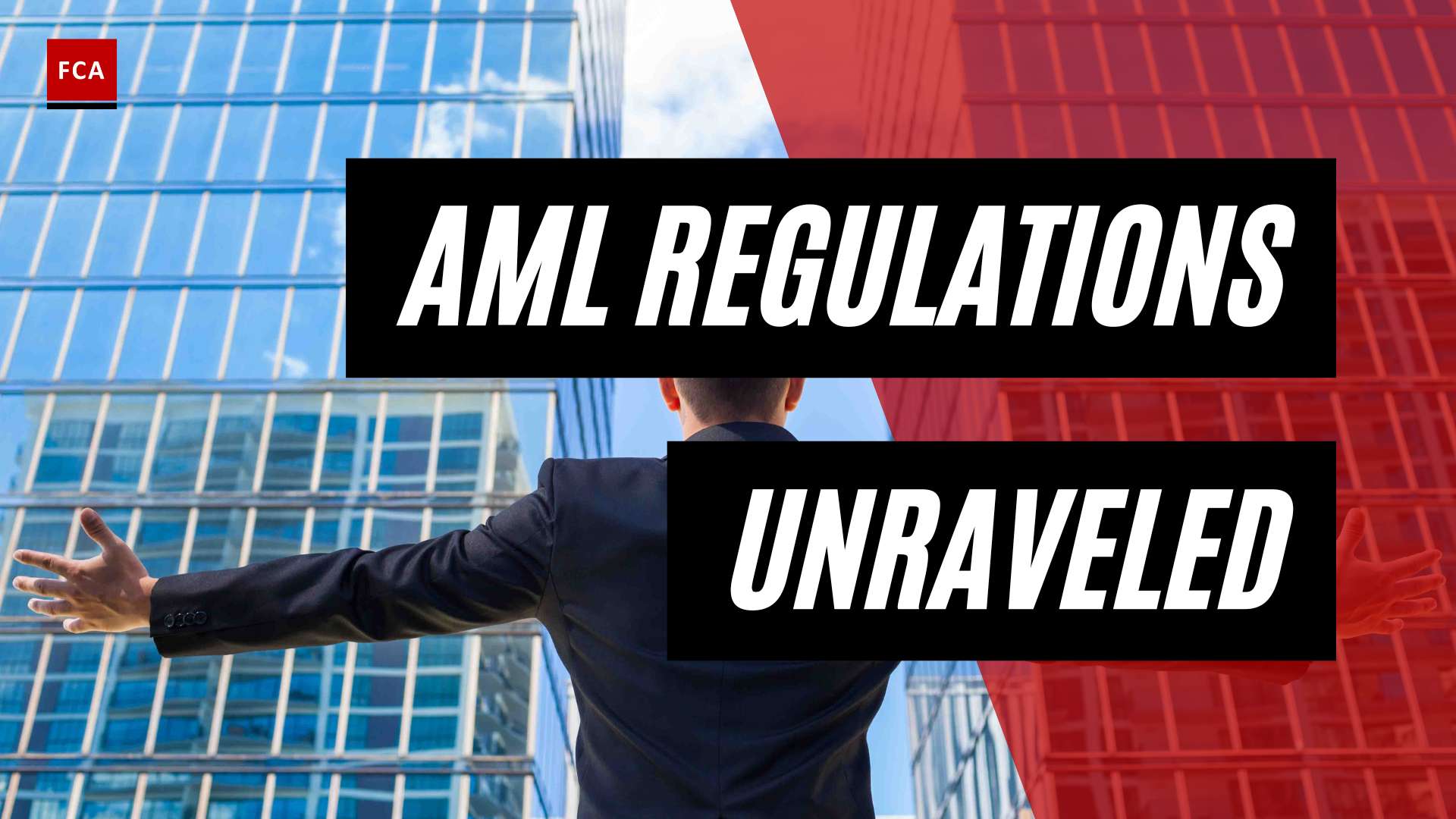There are stages of money laundering that are used to disguise the illicit origins of funds and make them appear legitimate. Criminals often use these stages to cover their tracks and avoid detection by law enforcement agencies. Each day our world appears to become faster and more and more complex. Just like each day, the methods used by money launderers become more sophisticated and the financial transactions more complex especially for the use of cryptocurrencies for money laundering purposes.
There is no specific or single methodology of money laundering. As in many other subject areas, a theoretical model was built to cover as many money laundering methodologies as possible conceptually. In the case of money laundering, this model was derived from money laundering methodologies uncovered by law enforcement and government authorities.
In practice, and despite the various methods employed, the laundering process is accomplished in three basic stages of this model. These steps can be taken simultaneously during a single transaction, but they can also appear in well-separable forms one by one. These three stages are placement, integration, and layering. The same concepts that apply to money laundering using cash apply to money laundering using cryptocurrencies.

The stages of money laundering include the processes by which illegal funds are integrated into the financial system. This money goes through many transactions and is incorporated into the economy, and criminals bypass rules and systems. Criminals hide, wash, and launder money to generate more money.
Money laundering works to point out the source of funds legally. For example, the money collected from crimes such as drugs, bribery, and human trafficking is first hidden by various transactions to be introduced into the economy and then re-included in the financial system by laundering. As a result, when it seems legitimate, this money is reused for other illegal activities to generate more illegal funds, and the process repeats constantly.
Stages of Money Laundering
Money launderers engage in the following stages of money laundering:
- Placement is the first stage, where illegal funds are placed in the financial system, either directly or indirectly. During the placement stage, illicit funds are placed into the legitimate financial system. The illicit funds may be present in two different forms. First, illegal funds can already exist in the form of currency, for example, if the criminal sells drugs and narcotics online and gets paid in cryptocurrencies immediately. Secondly, illicit cash can also exist in digital currency, which is used to purchase other digital assets such as cryptocurrencies. Either way, the placement stage establishes that a criminal has funds and money.
- Layering is the second stage, where accounts transfer funds or assets from one account to another. Very complex layers of transactions are created to disguise the trail and origin of funds. The second stage of the money laundering stage is the layering or hiding stage. In this stage, the criminal facilitates transactions to disguise the illegal origin of the funds. Money laundering is hard on the fact that transactions made may be pseudonymous. However, criminals often use additional means of anonymizing to disguise the funds’ illegal origin further, breaking the links between different transactions.
- Integration is the third stage, where the illegal funds are utilized to purchase different assets or invested in a legitimate enterprise to convert the black money into white. Suppose the criminal feels confident enough that it is impossible to trace back the dirty currency to the criminal’s activity. In that case, the criminal seeks to use the funds for legitimate purposes, such as buying luxury cars, real estate, or jewelry. However, despite the currency no longer being directly tied to a crime, criminals and money launderers still need a way to explain how they came into possession.

Final Thoughts
Money laundering is a process that criminals use to conceal the proceeds of their illegal activities, making it appear as though the money was obtained legally. This involves a series of stages that criminals must go through to move their money through the financial system undetected. Overall, the aim of money laundering is to make the proceeds of illegal activities appear legitimate, allowing criminals to use the funds without raising suspicion. Law enforcement agencies work to identify and disrupt these activities, using a range of techniques such as financial analysis and surveillance to track and apprehend those involved in money laundering.








